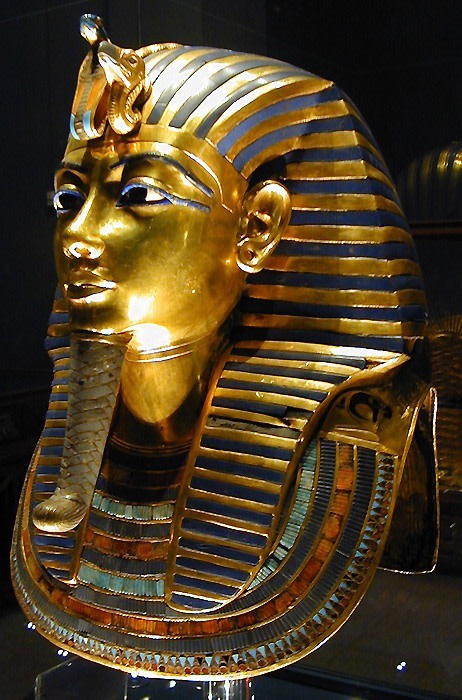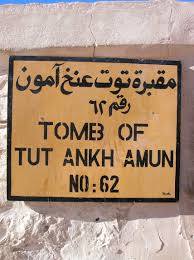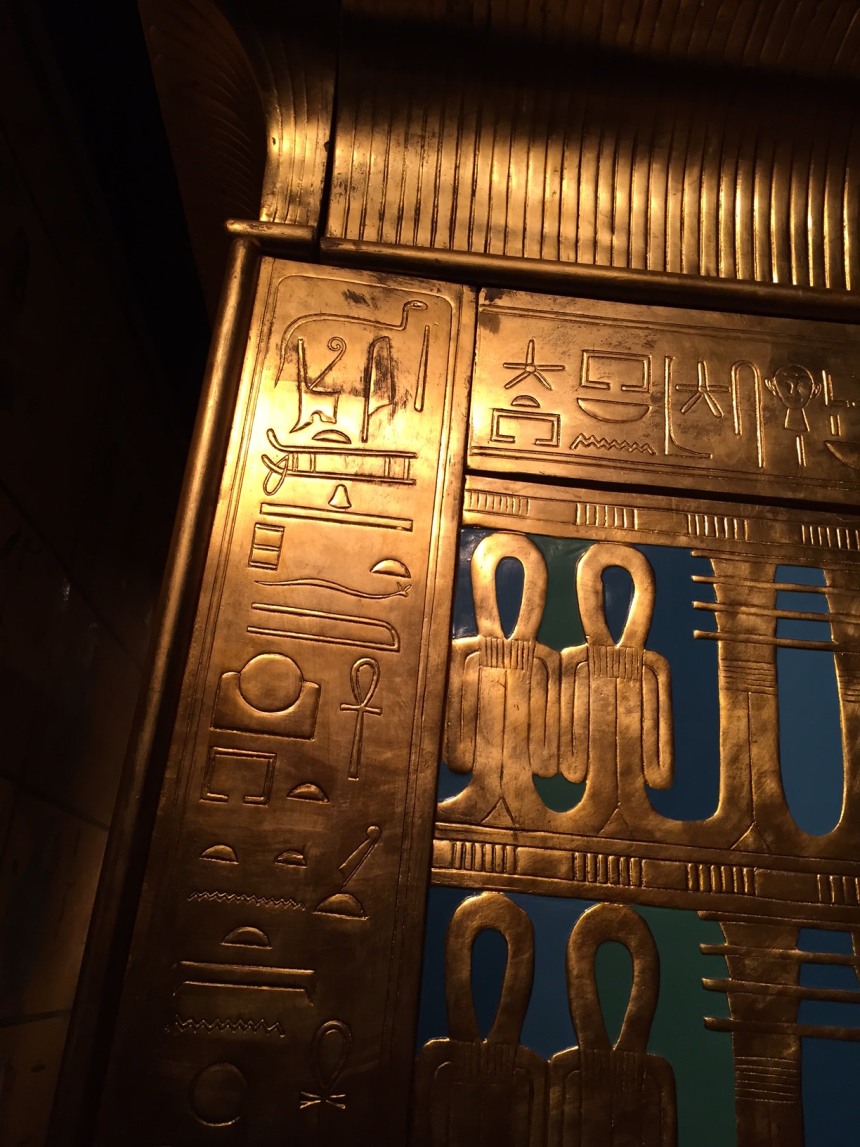
Tutankhamun (aka King Tut, the Boy King) was an Egyptian pharaoh who ruled 1332–1323 BC. He was just 9 years old when he became king and died at the young age of 19.
In many ways, Tutankhamun is the world’s best known Egyptian pharaoh, but not because he had a long or particularly significant reign. It is large because, when his tomb was discovered, it was almost completely intact—the most complete ancient Egyptian royal tomb ever found. It was still filled with thousands of priceless artifacts, unlike all the other tombs in the Valley of the Kings, which had been looted.
The 1922 discovery by Howard Carter of Tutankhamun’s tomb received worldwide press coverage. It sparked a renewed public interest in ancient Egypt. Carter took 10 years to catalog the 5,398 items that were found in the tomb, including a solid gold coffin, thrones, archery bows, a lotus chalice, gold jewelry, food, wine, sandals, and fresh linen underwear.

There has long been speculation about how King Tut died - whether from natural causes or foul play. CT scans taken in 2005 showed that he had suffered a compound left leg fracture shortly before his death and that the leg had become infected.
DNA analysis conducted in 2010 showed the presence of malaria in his system, leading to the belief that malaria and the infection combined to lead to his death.
In November 2007, the pharaoh’s linen-wrapped mummy went on display in his underground tomb in the Valley of the Kings. It rests in a climate-controlled glass box designed to prevent the hastened decomposition caused by the humidity and warmth from tourists visiting the tomb. To control the rate of decomposition, King Tut’s tomb is only open to tourists a limited number of days per year.
King Tut Factoids:
• King Tut was about 5’ 11” tall.
• King Tut was the 12th king of the 18th Egyptian dynasty.
• Tutankhamun succeeded his father, the Pharaoh Akhenaten, who introduced radical religious innovations in ancient Egypt.
• Tut’s mother was Akhenaten’s sister and wife (mummy KV35YL), whose name is unknown but whose remains are positively identified as “The Younger Lady” mummy found in one of the tombs.
• When he became king, Tut married his half-sister, Ankhesenpaaten, who later changed her name to Ankhesenamun. She was the daughter of Akhenaten and his wife Nefertiti.
• Tut and his wife had two daughters, both stillborn.
• As Tutankhamun began his reign at such an early age, his vizier and eventual successor, Ay, was probably making most of the important political decisions during Tut’s reign.
• In his third regnal year, under the influence of his advisors, Tutankhamun reversed several changes made during his father’s reign. He ended the worship of the god Aten and restored the god Amun to supremacy.
• Howard Carter had begun excavating in Egypt in 1891, and after World War I he began an intensive search for Tut’s tomb in the Valley of the Kings. He found it in 1922.



